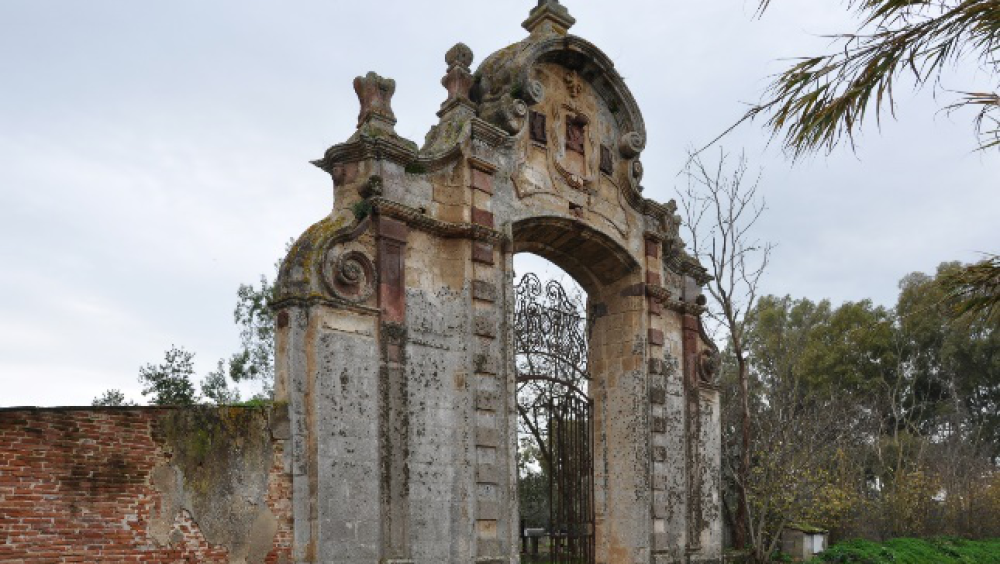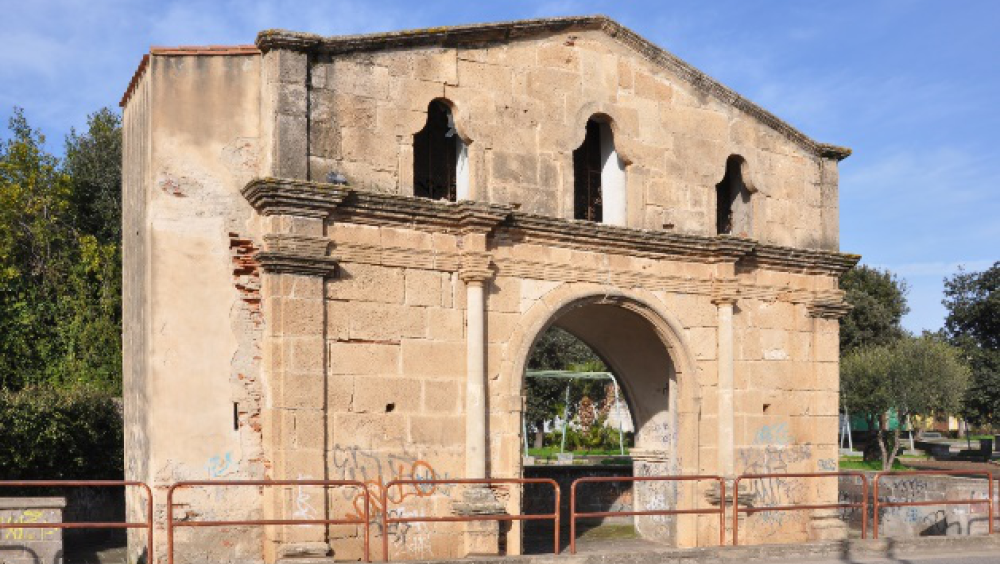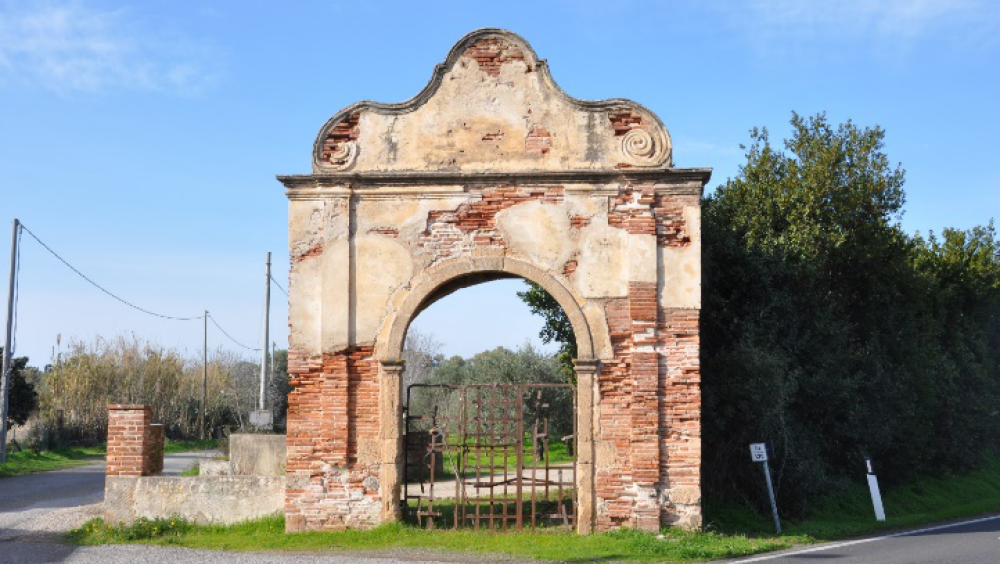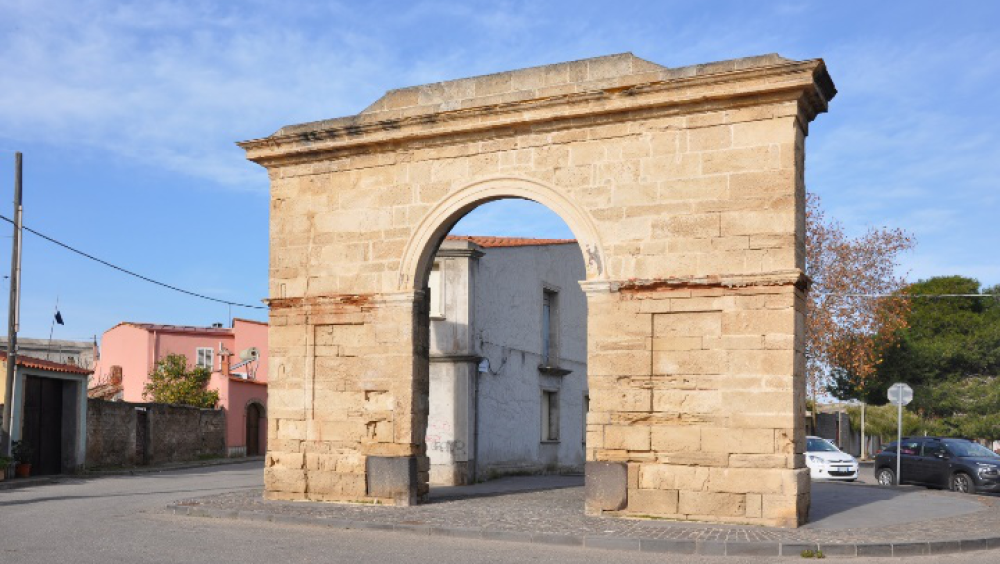L’oblio dei Portali Monumentali dell’oristanese
When the European powers in the first decades of the 1700s fought each other for dominance in the territories, the island of Sardinia (Italy) was a small pawn at the mercy of attacks and incursions by Austria and Spain, until 1720 when the Hague Treaty he assigned it to the Savoys. Decades of uncertainty, neglect and bad governance led to famine, misery and banditry in Sardinia. The Savoys made the first important attempt to diversify agricultural production, until then linked to the unprofitable cereal monoculture, encouraging the upper classes and religious orders to dedicate large tracts of land to olive groves and vineyards around the main urban centers of the island. Previously under Spanish rule, Philip IV issued decrees to encourage the cultivation of the olive tree in exchange for the right to own the land. The promotion of agricultural specialization progressively advanced throughout the second half of the eighteenth century and then throughout the nineteenth century, also involving the smaller towns. The creation of the olive groves, often associated with villas intended for the processing of the products, must be attributed to this small agricultural renewal. The owner communicated his prestige to the outside by building a monumental access portal at the entrance to the olive grove on the public road, which in the Campidano di Oristano countryside gives birth to a real architectural typology. The time span that goes from the 18th to the 19th century is well represented by the evolution of taste in the construction of portals. The oldest ones, generally in exposed sandstone blocks, are marked by a typically late Baroque and Rococo playfulness. Advancing into the 19th century, the rococo marvel gives way to the composure of the more or less rigorous neoclassical composition. The portals were born as private property, only a few, now incorporated by urbanization, have become public. Most of them are in ruins and need to be restored, but their conservation is linked to the good will of the private owner.
Monumental portals of the countryside of Oristano and Cabras (Italy) were erected in a particular moment in the history of Sardinia when, under the rule of Philip IV, king of Spain in the first decades of the 1600s and then of the Savoys after 1720, it was thought to oppose famines and poverty affecting the island, introducing new crops beyond the cereal monoculture. The cultivation of the olive tree was crucial for the creation of private property in Sardinia. The decree issued by Philip IV stipulated that whoever grafted the olive trees making them productive had the right of ownership over the land concerned. Thus a real race for land took place. The measure benefited those who could afford to pay a congruous number of laborers to intervene on large estates and widen their borders. The petty nobility, the meager bourgeoisie and the very powerful ecclesiastical orders took advantage of the law. The land "conquered" with the grafting of olive trees, the same goes for citrus fruits, became their property. By decree, 50 grafting experts, with ten assistants each, were sent to Sardinia from Valencia and Majorca to teach the grafting of olive trees. An oil mill had to be built for every 500 olive or wild olive trees.
During the rule of the Savoy there was a further promotion of agricultural production and its diversification to counteract the famines of the first half of the 1700s. We owe the creation of the Portals to this small agricultural revolution, monumental entrances to vast farms followed by tree-lined avenues that led to the large farmhouse where the caretaker's family lived. Several rooms were annexed to the building, among which the most important was intended for the mill for the production of oil. In the 19th century, sumptuous holiday villas were also built on the farms. In the second half of the 19th century, the tradition of country portals died out due to the loss of the ancient privileges of landowners. The meaning of the Portals is to underline the social prestige of the owner deriving from the possession of vast lands. They are mostly represented by diaphragms that stigmatize the beginning of private property, others present a loggia, a covered internal space, in the thickness of which a staircase was built to access the upper floor, perhaps for surveillance purposes. In Sardinia there are about twenty monumental portals, most of which in the Oristano area.
The time span goes from the last years of the 1600s to the 1800s and is well represented by the evolution of taste in the construction of portals. The oldest ones, generally in exposed sandstone blocks, are marked by a typically late Baroque and Rococo playfulness. Advancing into the 19th century, the rococo marvel gives way to the composure of the more or less rigorous neoclassical composition. The worked stone is also replaced by plastered masonry. The plaster is worked creating precious ashlars, moldings and frames. The references to the solutions adopted in many churches on the island are always clear, reflecting national and international stylistic innovations, such as the Vito Soto Portal which has clear references to the island architecture of Giuseppe Viana, a Savoyard military engineer. One reason of interest in these portals, and not necessarily the largest ones, is that they lend themselves to becoming an internal space, allowing access to the attic floor where, in the flat landscape, it was already possible to have a discreet visual control of the surrounding area. Of great interest are also the metal carpentry works of the gates, in many cases still preserved, although in need of restoration. Why talk about the Monumental Portals and the oblivion they are in today? They constitute a small glimpse of local history, unknown to most, which has important historical, cultural and artistic references in national and European history. A small provincial agrarian revolution determined by the international political events of the moment. Our association would like to promote a project of historical and artistic recognition of Monumental Portals, as well as a campaign of awareness and incentives for their conservation and use.
The small story of the Monumental Portals of the countryside of Oristano and Cabras on the island of Sardinia (Italy) is an admirable example of pan-European nature heritage. Particular historical circumstances at the turn of the 17th and 18th centuries determined by the great European powers of the time (Spain, Austria, the Savoy kingdom, France, England), had effects on the agricultural landscape of that strip of land, influenced the construction style by imitating the artistic taste in vogue in those years, influenced by local social dynamics and policies. What we have left are about twenty Monumental Portals which still allow us to glimpse, even though they are almost all in ruins, the landowners' ambition to exhibit and underline the social prestige deriving from the possession of the vast lands cultivated with olive groves. These large properties have not been preserved today except in a few cases, some have been incorporated into urbanization processes and the respective Portals are inside the inhabited areas. Reconstructing their history and taking action for their conservation is one of the objectives of our association. Most of the Portals are still private, they are certainly "common goods", but they are not subject to protection as they have not been officially declared cultural assets by the Superintendence. Our association would like to be the bearer of the request for recognition of cultural heritage at the Superintendence and promote a project of historical and artistic recognition of Monumental Portals, as well as an awareness and knowledge campaign aimed at the community and cultural tourism, as well as proposing forms of incentives for their conservation and use by the competent bodies.



